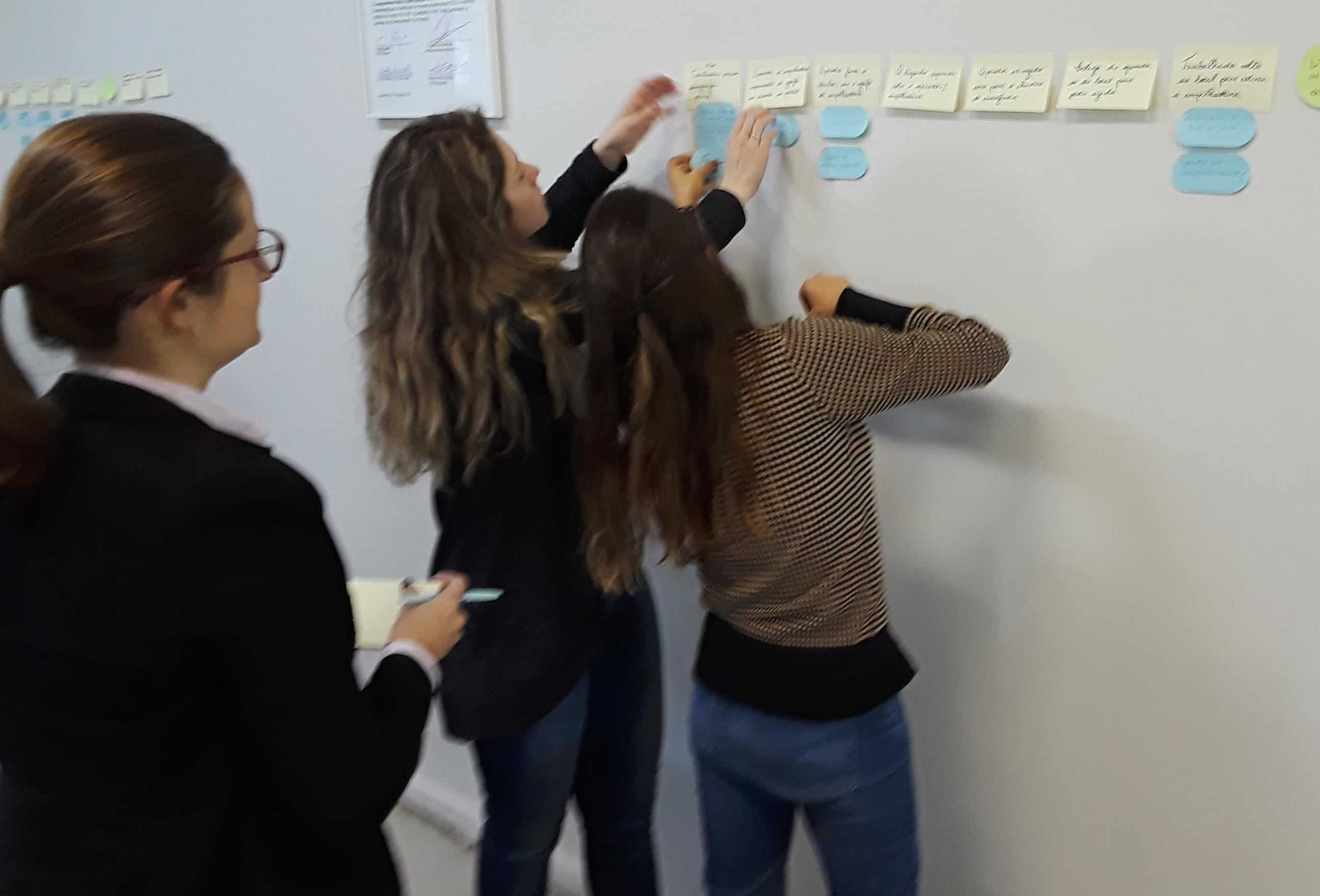Breaking Through the Noise: Smarter RCA Starts Here

Precision and consistency are critical in Root Cause Analysis (RCA). When analyzing incidents, evaluating risks, or making decisions, variability in judgment can lead to significant consequences. Daniel Kahneman’s (2021) book Noise: A Flaw in Human Judgment, co-authored with Olivier Sibony and Cass R. Sunstein, sheds light on an often-overlooked factor.
Let’s explore the core concepts of Noise and how they relate to your work as an investigator, safety professional, or RCA expert.
What Is Noise, and Why Should We Care?
Kahneman’s insights into noise directly align with our commitment to improving consistency and accuracy in decision-making processes. He distinguishes noise from bias, a term most of us are familiar with. While bias causes systematic errors (e.g., consistently overestimating risk), noise is the random scatter of judgments across decision-makers—or even within the same person in different circumstances.
Examples:
- Two safety inspectors evaluate the same incident but reach different conclusions.
- A team reviewing equipment failures produces inconsistent recommendations for similar cases.
- Managers assessing performance ratings provide widely varying scores for equivalent work.
Such inconsistencies aren’t just frustrating and can lead to unsafe practices, missed opportunities, and financial or legal repercussions.
Noise refers to the random, unwanted variability in human judgments that can undermine fairness, efficiency, and accuracy across various fields, including safety investigations and RCA.
Primary Types
Kahneman identifies three primary types: system, occasion, and level noise.
- System Noise: Differences in judgments between individuals within the same system. For example, different investigators interpret the same witness testimony differently.
- Occasion Noise: Variability in a single person’s decisions based on external factors, like mood, fatigue, or even the time of day.
- Level Noise: Consistent tendencies for some people to be stricter or more lenient than others.
Recognizing these is essential for RCA practitioners to understand how it might creep into incident investigations, risk assessments, and corrective actions.
Impact on Investigations
When noise infiltrates your investigation process, it can:
- Leads to inconsistent root cause identification.
- Results in corrective actions that fail to address the actual problems.
- Undermine trust in investigative findings and safety systems.

For example, imagine two teams conducting separate investigations into similar incidents. One team identifies “operator error” as the root cause, while the other blames “equipment failure.” Both teams might be wrong—or one might be right—but the inconsistency makes it harder to draw reliable conclusions.
Note–with the TapRooT® system, we remove the chaos and confusion caused by multiple root causes by using a systematic approach that ensures everyone arrives at the same conclusion. Our method eliminates the guesswork, helping investigators identify the true root cause(s) with consistency, regardless of who is conducting the investigation.
How Can We Reduce Noise?
Kahneman offers practical strategies to minimize noise, many of which align with TapRooT® RCA’s proven investigation processes:
- Standardization: Using structured tools like TapRooT®’s SnapCharT® and Root Cause Tree® ensures investigators follow a consistent, objective process.
- Noise Audits: Regularly review decision-making processes to identify and address areas of inconsistency.
- Training and Feedback: Equip investigators with the skills to recognize their own biases and noise tendencies.
- Decision Hygiene: Focus on clear, transparent processes rather than relying on gut instinct or subjective judgment.
Takeaways for TapRooT® RCA Users
Kahneman reinforces the importance of systematic, structured approaches to decision-making. At System Improvements | TapRooT® RCA, we’re passionate about equipping teams with tools and techniques to eliminate inconsistencies, reduce noise, and uncover accurate root causes. By understanding these principles, you can improve the reliability of your investigations and enhance your organization’s safety culture.
Want to learn more about consistent, noise-free incident investigations? Explore our TapRooT® courses to boost your RCA skills and become a leader in eliminating variability in safety and performance. Plus, plan to attend our Global TapRooT® Summit this fall. Click below to learn more:




By far, one of the best articles I’ve read by TapRoot. As always, your brief and to the point articles expand on an investigator’s ingrained experiences yet give that periodic aha moment that so many of us desperately need.